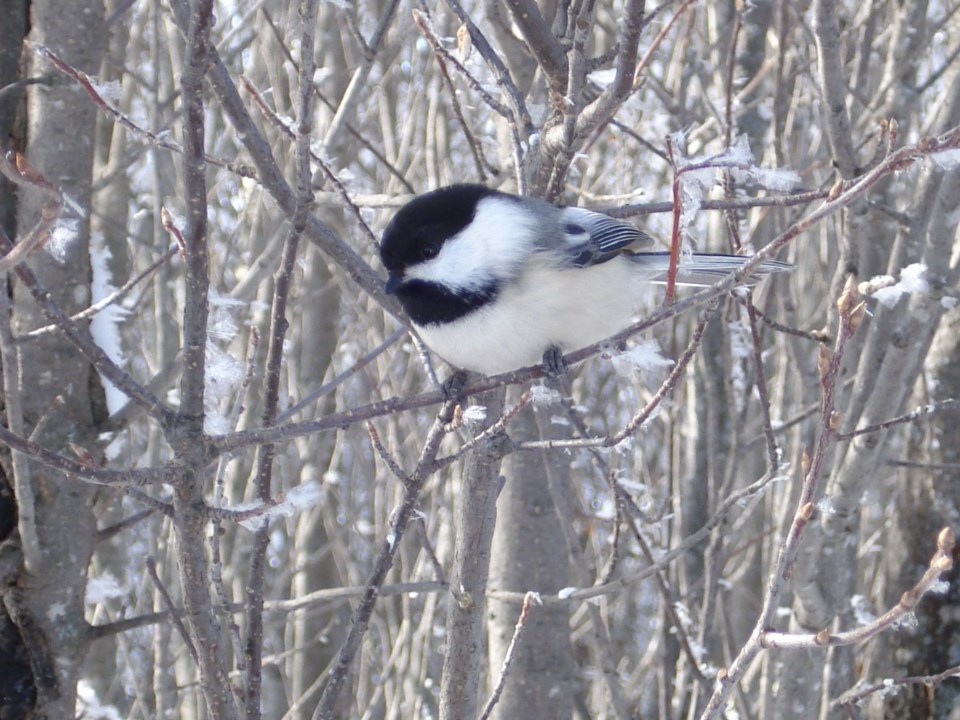During the ongoing COVID-19 restrictions, people are often looking for fun things to do and learn. If you need some inspiration for the coming long weekend, the Nature Conservancy of Canada (NCC) is sharing an idea.
The 24th annual Great Backyard Bird Count (GBBC) is happening fromFebruary 12 to 15. People across Canada and around the globe are invited to count the birds they see during at least a 15-minute period on one or more days of the count, and then enter their findings on the .��
The event is administered by the Cornell Lab of Ornithology, National Audubon Society and Birds Canada. The annual GBBC is a great way to enjoy the outdoors and connect with nature, while respecting COVID-19 public health guidelines. NCC staff will be participating in different parts of the country. NCC’s Saskatchewan conservation coordinator Sarah Ludlow says it is an opportunity to get involved in community science and be a part of something bigger in contributing to a global effort to collect new data on bird populations.
The count is a snapshot of what is happening with birds in terms of population, migration and range. Last year, participants in over 100 countries identified about 7,000 different bird species.
Ludlow says each participant chooses a location to count birds. Counting can be done while looking out a window, from outside in a backyard or in a nearby park or other outdoor spaces — essentially anywhere birds are. Participants can have any level of birding experience. It’s family friendly and a great way to spend time with household members.
“People may be able to see many species of birds in their backyard or their community,” says Ludlow. “Black-capped chickadees, red-breasted and white-breasted nuthatches, dark-eyed juncos, and downy and hairy woodpeckers may be seen around backyard feeders. Several species that visit only in the winter, such as pine grosbeaks, bohemian waxwings, common redpolls, and white-winged crossbills may also be seen. If you can safely view a body of water from your backyard or neighbourhood, keep an eye out for mallards, common goldeneyes, and Canada geese. Finally, look for bald eagles, snowy owls, or common ravens along rivers, in open areas, or soaring over your home.”
For instructions and a step-by-step guide, visit birdcount.org/participate. Ludlow says that thanks to the data that participants submit to the Cornell lab of Ornithology’s eBird platform, it adds to species counts from around the world.
NCC says the GBBC is also a time to think about the alarming decline in bird populations and their habitats here in Canada and around the world. In the, Canada lost 40 to 60 per cent of shorebirds, grassland birds and aerial insectivores (birds that feed on insects while flying, such as swallows). A North American study revealed that nearly three billion birds have disappeared since 1970.
Learn more
The Nature Conservancy of Canada is the nation's leading land conservation organization, working to protect our country’s most important natural areas and the species they sustain. Since 1962, NCC and its partners have helped to protect 14 million hectares (35 million acres), coast to coast to coast. To learn more, visit natureconservancy.ca.




